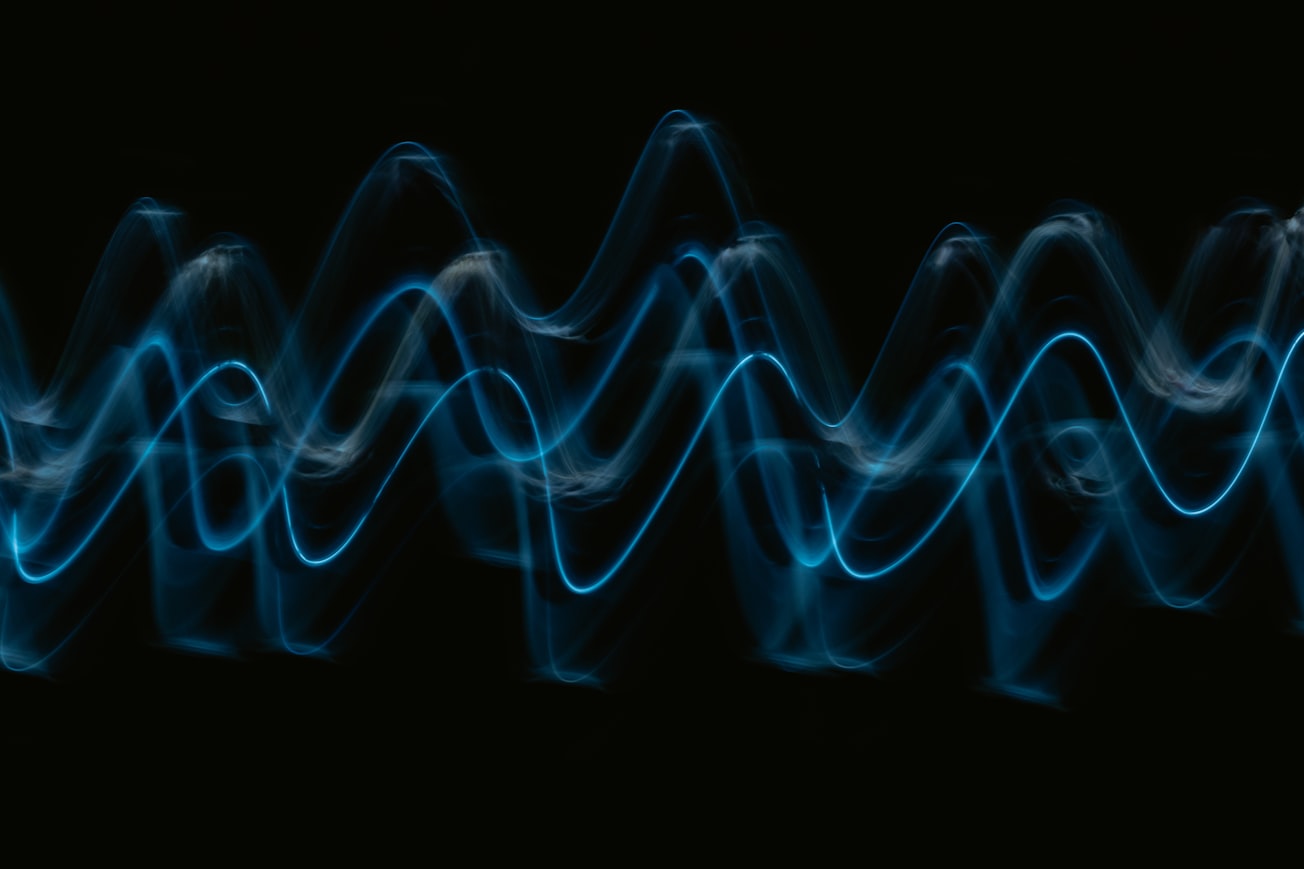What is it about?
Timbre describes all aspects of a sound not described by its volume, pitch, or duration, and is what we typically use to distinguish the brass section from the string section when listening to an orchestra. Previous studies have shown that people tend to associate harsh sounds with jagged shapes and soft sounds with smooth shapes. The current study aims to replicate this finding and search for other characteristics of timbre and shape that tend to be associated. The current study also aims to assess the usefulness of a novel rating task which assesses how people view the meaning of stimuli.
Featured Image

Photo by Pawel Czerwinski on Unsplash
Why is it important?
We replicated the previously demonstrated crossmodal correspondence between jagged shapes and harsh sounds as well as smooth shapes with soft sounds. Our results suggested that sounds and shapes might additionally be associated based on perceived hollowness or distortion. Finally, we demonstrated that a semantic differential task provides useful data for crossmodal correspondence research, especially in conjunction with an association task.
Perspectives
When I started work on this article in my undergrad, I did not even consider that it might have the potential to be anything more than an honours thesis. However, thanks to the support, encouragement, and contributions of my co-authors, this project has grown into my first publication and my first substantial contribution to the scientific community. It is very fulfilling to know that this article, which was a great experience to write, may benefit others as well.
Daniel James Gurman
McGill University
Read the Original
This page is a summary of: Crossmodal Correspondence Between Auditory Timbre and Visual Shape, Multisensory Research, December 2021, Brill,
DOI: 10.1163/22134808-bja10067.
You can read the full text:
Resources
Sound Stimuli
By following the provided link, the 24 sound stimuli used for testing in the current study can be accessed and listened to.
Supplementary Data
Supplementary semantic data from the current study. ANOVAs, average ratings, and interactions between different stimulus characteristics can be found here.
Contributors
The following have contributed to this page







